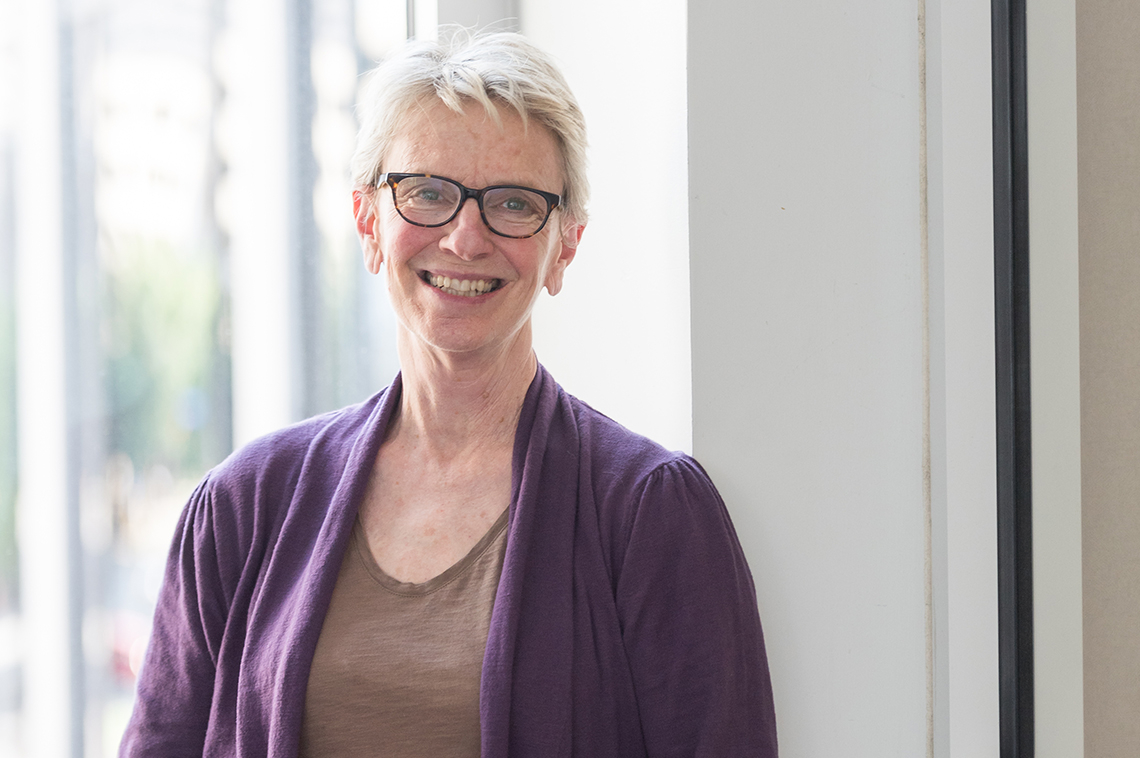

Our Humans of ArtPlace series takes its cue from the famed Humans of New York project. This month, as our blog tells stories of “the people behind creative placemaking,” we asked the driving forces behind three ingenious ArtPlace-funded projects to give us some personal insights on work, life, art, and place.
Donna Neuwirth co-founded the Wisconsin-based Wormfarm Institute in 2000, and remains its executive director. The nonprofit brings farming, ecology, and the arts together to celebrate human culture and enhance economic possibilities in the region it serves. Prior to Wormfarm, Donna spent many years in Chicago’s art world, where she earned a BFA in theater. She has led numerous projects inspired by and centered at the intersection of culture and agriculture, including Wormfarm’s annual Fermentation Fest: A Live Culture Convergence.
-
ArtPlace: You wrote this 2013 ArtPlace blog post, which asks: “Can we do both—keep the visionaries excited at the possibilities and the community caretakers at ease with the range of outcomes? Don’t know yet.” Where does this question stand five years later?
Donna: This question is central to what creative placemaking addresses: how can we work across sectors where bursts of creativity don’t just coexist but are willingly intertwined with zoning, economic development, and human resource management?
In a nutshell—still don’t know. What I do know from a small organization perspective where I play many roles is that accounting, reporting, and consensus building can eat away at visionary energy. Seeing the benefits that a successful event can have on a community—culturally and economically—is exhilarating to be sure, but great care must be taken to protect the fragile role of the artist. It was the artist in me that began this work; others may be more at ease with the executive director or bookkeeper.
Our major programs are about abundance and transformation. Though that hasn’t changed, we are more committed than ever to the rural/urban flow, always central to this work but [now] with a new urgency.
ArtPlace: The Wormfarm Institute has been around for almost 20 years! Congratulations. How have you seen the “culturesheds” in which you work change in that time? Why do you think such changes have occurred? What do you think these places need now to prosper in the future?
Donna: Our work has been tied directly to the growing season, which gives us a useful, grounded roadmap for realization of projects and who the community might include. Seed-emergence, cultivation, harvest: all phases are at the mercy of the elements.
There have been significant positive changes tied to this work, including catalyzing new collaborations, new businesses, a new arts organization, a new park, permanent public art, public art policy, and the creation of a placemaking position at the county level. Past DTour or resident artists have located here, and a new driving tour sprung up as the Farm/Art DTour shifted to a biennial. Now there is lots more to build on: national recognition of this little town, an expanding list of partners, and a history of growing a complex event for eight years have paved the way for more.
The rural/urban divide threatens us all. At this historic moment, many look at the map of the US and wonder can be done. This unhappy moment should signal consideration of a regional approach to philanthropy defined in ways that make sense, encourage cross-sector alliances, and derive from the unbordered natural world: watershed, foodshed, cultureshed. Regions have both rural and urban interdependent parts. Attention must be paid. Regenerative prosperity depends upon it.
ArtPlace: Are there one or two particular projects or moments from all the years of Wormfarm that you find yourself reflecting on most often—that leap to mind most easily—and that delight you and remind you of why you do this work? Please describe.
Donna: In October, I ran into Mason along the Farm/Art DTour, a young man from Chicago, now in college, who had been a baby when his family joined our newly formed CSA [community-supported agriculture group] and as the artist residency program began to take shape. Personifying the rural/urban flow, they returned to Wormfarm annually as shareholders for maybe 10 years. Mason took this photo: a site-responsive installation on a farmers’ hay field by artist Sarah FitzSimons.
Read more about Wormfarm Institute’s Farm/Art DTour and Food Chain projects on ArtPlace.





